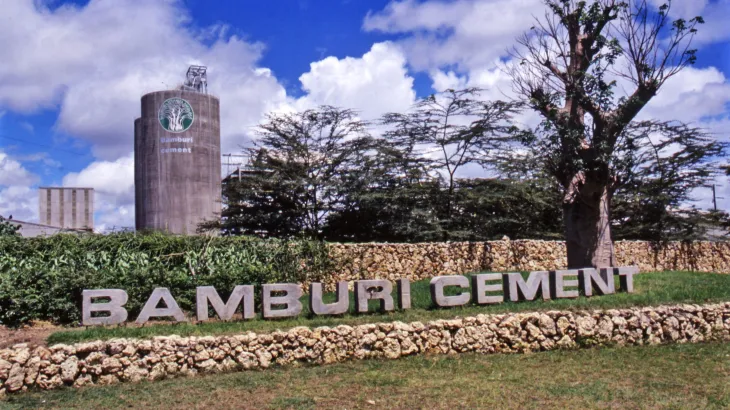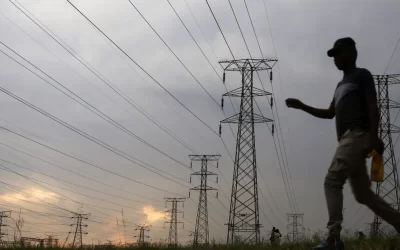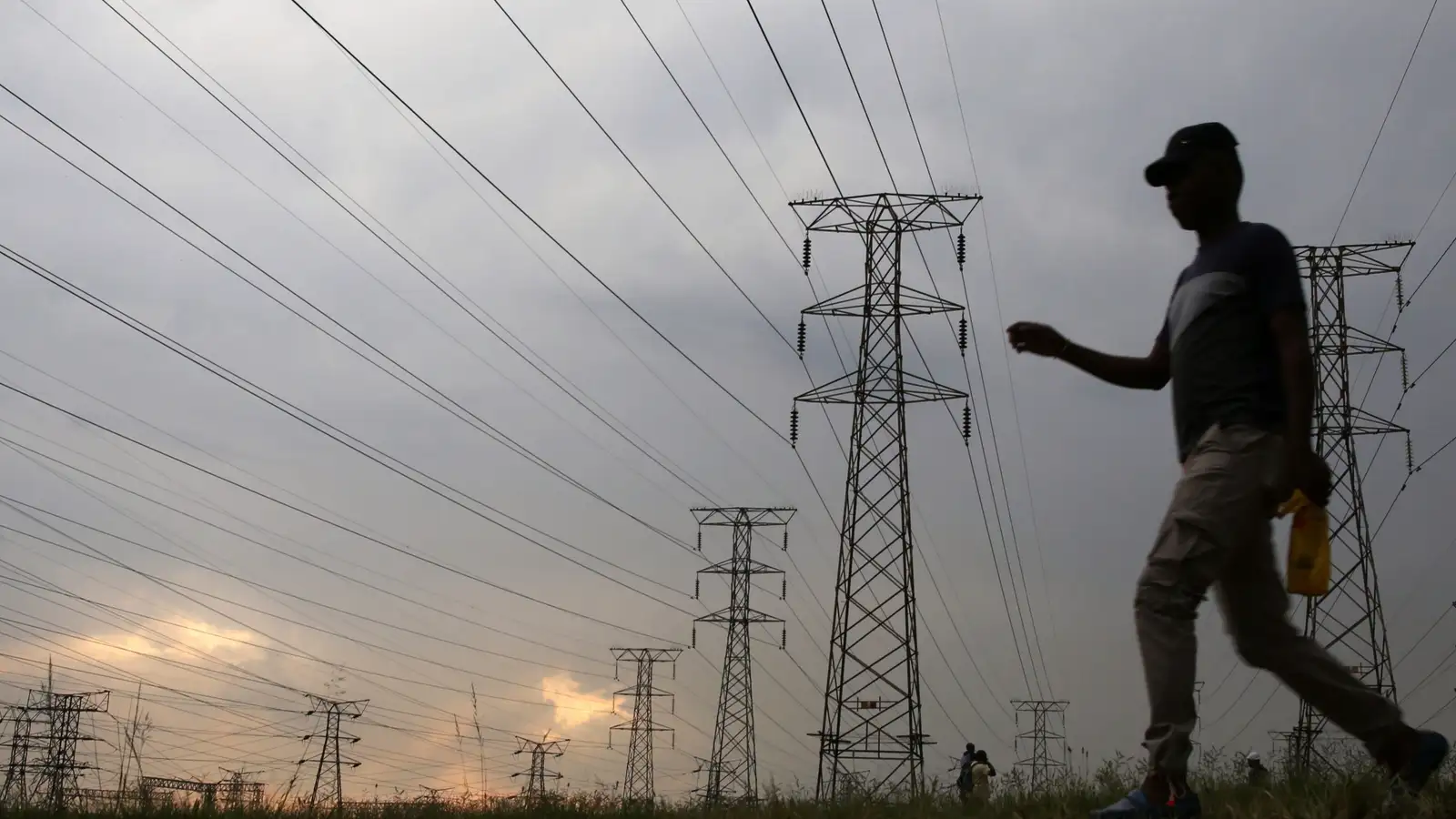Amsons Group’s Bold KShs 23.59 Billion Bid to Delist Bamburi Cement from NSE

Amsons Industries, part of Tanzanian Amsons Group, plans to delist Bamburi Cement from the Nairobi Securities Exchange (NSE) after securing at least 75% acceptance for its KShs 23.59 billion buyout offer. This offer values Bamburi Cement at KShs 65 per share, a 44% premium from its June 9th closing price. Holcim, Bamburi’s majority shareholder, supports the buyout with a 58.6% stake. If the deal fails within 17 months, Amsons will pay a $5.3 million break fee plus interest.
Market Reaction
The buyout news boosted Bamburi’s stock to KShs 57.75, a 28.3% rise from the previous day. Investors who bought shares at over KShs 195 in mid-2017, however, may incur losses. All shareholders will receive a special dividend from Bamburi’s divestment from Uganda’s Hima Cement.
Financial Performance
Bamburi Cement recorded a KShs 399 million net loss in 2023, down from a KShs 181 million profit in 2022, mainly due to KShs 1.06 billion losses from Hima Cement. Earnings per Share fell to negative KSh 0.21 from KSh 0.56. However, operational cash generation increased to KSh 2.896 billion, supported by better operating profits and efficient working capital management. The company plans to pay KSh 1.985 billion in ordinary dividends on July 25th.
Historical Context
Founded in 1951 by Dr. Felix Mandl for Cementia Holding AG Zurich, Bamburi Cement started as British Standard Portland Cement Co. Ltd. By 1954, it produced 140,000 tons of cement annually, exporting to Tanzania, Mauritius, and the Arabian Gulf. Listed on the NSE in 1970, it was partially acquired by LaFarge Group in 1989 and later became a majority shareholder. Bamburi acquired Hima Cement in Uganda in 1999 and a 20% stake in Athi River Mining in 2000. It also owns a 12.5% share in East African Portland Cement (EAPC).
Holcim’s Strategic Moves
Holcim has been restructuring since acquiring LaFarge in 2015. It sold its Zambian unit to China’s Huazin for $150 million in 2021 and has divested over $3.1 billion in the Indian Ocean cluster from 2019-2021. Holcim aims to keep cash reserves for acquisitions in new markets and sectors, having made 97 acquisitions and sold 20 subsidiaries since 2018. It is also restructuring its North American operations for a potential U.S. listing.
Amsons Group Overview
Founded in 2006, Amsons Group is a Tanzanian family-owned conglomerate with over $1 billion annual turnover. Its primary business is bulk oil and petroleum importation, but it also has interests in cement manufacturing, wheat flour milling, LPG, and transportation. In 2023, it acquired Holcim’s 65% stake in Mbeya Cement in Tanzania. Amsons operates in Burundi, Tanzania, Congo, Mozambique, and Zambia, producing cement under the brands “Camel Cement” and “Tembo Cement” with a 6,000 MT/day capacity.
Regulatory Approvals
The acquisition needs approvals from regulatory bodies, including The Capital Markets Authority (CMA), The Competition Authority of Kenya (CAK), and the NSE if Amsons decides to delist Bamburi Cement. The deal signifies a significant shift in East Africa’s cement industry, reflecting broader trends of consolidation and strategic realignment among global and regional players.
Implications and Future Outlook
If successful, this buyout could reshape the regional cement market, potentially leading to further consolidations. For investors, the deal underscores the importance of strategic positioning and market timing. The ongoing shifts in global and regional markets highlight the dynamic nature of the cement industry, with companies constantly adjusting to new economic realities and competitive pressures.
For Bamburi Cement, the buyout may offer a fresh start under new ownership, potentially unlocking new growth opportunities and operational efficiencies. For Amsons Group, the acquisition aligns with its broader strategy of expanding its footprint in the East African market, leveraging synergies across its diverse business interests. The move also illustrates the growing influence of African conglomerates in shaping the continent’s industrial landscape, reflecting broader trends of economic integration and regional development.











